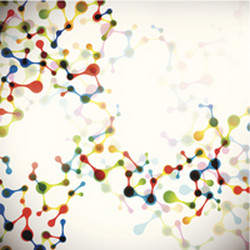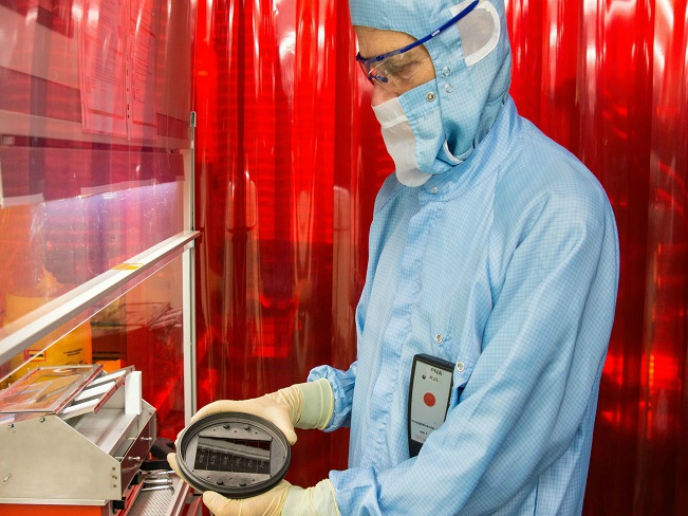Molecules that cooperate in novel ways
Network-forming liquids are part of the general class of complex fluids characterised by an inherent coupling between their structure and dynamics. They are an excellent experimental paradigm in which to evaluate the unique behaviours of soft matter. EU-funded scientists initiated the project 'Dynamics and structure in a network-forming liquid' (NFLIQUID) to investigate cooperation found in many different materials. Using a variety of numerical methods and modelling techniques, scientists explored a simple model composed of meso-particles in a water solvent linked by polymers. Their work took two paths. The first analysed the competition between glass and gel formation (the interplay between glassy arrest and gelation). The second consisted of studies regarding the potential energy landscape (PEL) that provides an indicator of transitions between phases and dynamical behaviour. A continuous-time random walk model revealed the complex interplay between glassy arrest and gelation. The behaviour is controlled by two different localisation length scales. Each of these, in turn, is characterised by competing interactions. Both systems were recreated experimentally with colloid – polymer mixtures. The PEL highlights the complicated multi-particle (many-particle) effects in complex systems. Studies led to a modified description facilitating identification of the length scales of cooperative motion and evaluation of the effects of system size on dynamics. Outcomes have advanced the field of soft matter physics. Deeper understanding of the complex dynamical behaviours of soft matter will enhance development of future products and improve processing methods. Results have been widely disseminated at international conferences and collaborations established are on-going.
Keywords
Network-forming liquids, soft matter, model, potential energy landscape, continuous-time random walk, glassy arrest, gelation







